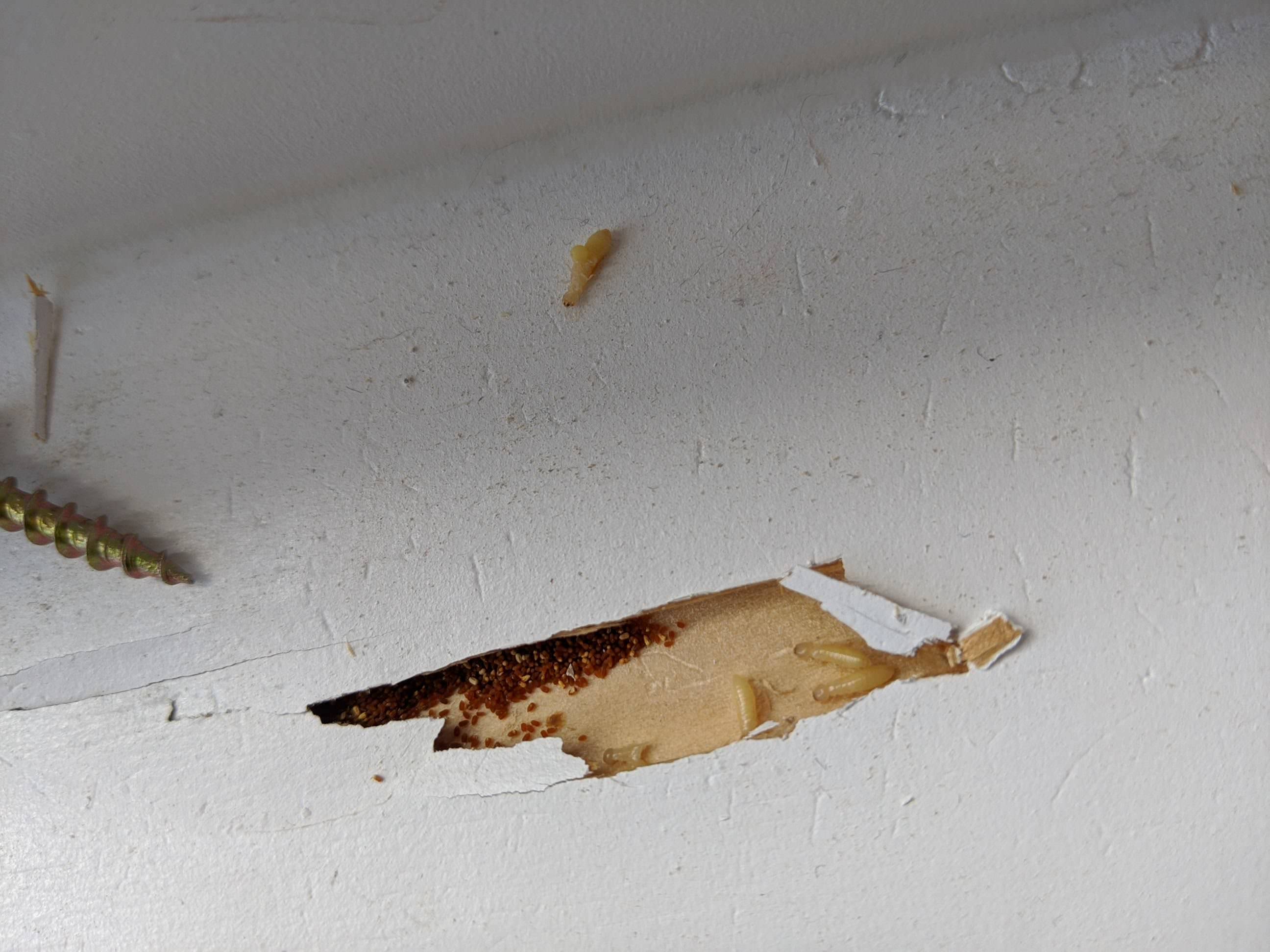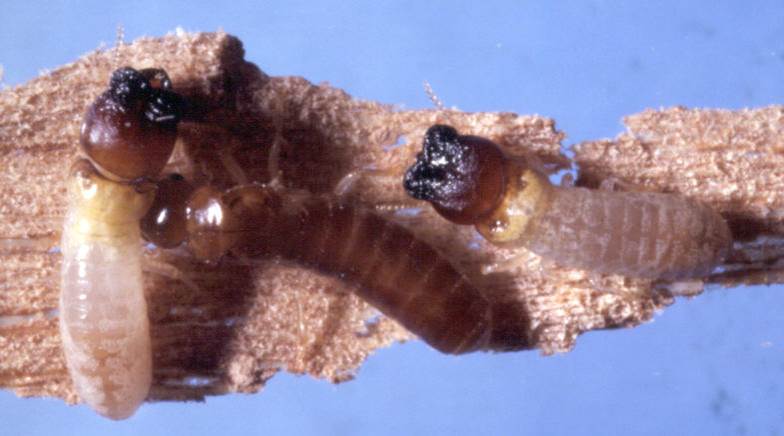West Indian drywood termite transition strategy
West Indian drywood termite (WIDT) is restricted matter under the Biosecurity Act 2014. If you find evidence of its activity, you must report it within 24 hours to our Customer Service Centre on 13 25 23 or online.
WIDT (Cryptotermes brevis)is an introduced termite species in Australia and is established in Maryborough and many Brisbane suburbs. It is also present in Bundaberg, Townsville and Rockhampton.
Two-year transition strategy
The prevention and control program for WIDT expired on 15 January 2021 and a two-year transition strategy commenced on 1 July 2021. This strategy provides the tools and resources for the community, industry and local governments to manage the pest from 1 July 2023.
The strategy outlines 4 key components:
- extensive stakeholder communication, education and awareness to improve understanding of how to manage WIDT
- research and development focusing on improved detection techniques, alternative treatments and preferred timber host species
- training and upskilling of pest controllers to provide the specialist treatment required to detect and treat WIDT
- working with biosecurity authorities in other states and territories to manage the risk of spread of WIDT to areas outside Queensland.
Research and development
A range of research and development activities (summarised below) aim to improve the detection of and treatments for WIDT. Results are expected by 30 June 2023.
Project 1: Detection and monitoring
This project trials alternative methods of detecting WIDT, including Termatrac T3i and electronic nose (e-nose). It is also developing an ‘alate’ trap for use by homeowners.
Project 2: Spot treatment of verified active WIDT infestations
This project is investigating alternatives to whole-of-house fumigation, such as:
- chemical spot treatment (seeking approval from the Australian Pest and Veterinary Medicines Authority)
- Pestigas (a natural pyrethrum insecticide), including trials with trained WIDT pest control technicians
- heat as a spot treatment or compartment treatment (such as for a single room), with possible extension to whole-of-house treatment in the future
- Termatrac T3i for targeted spot treatment and follow-up monitoring.
Project 3: WIDT feeding trials
This project is determining what timbers, other than those commonly attacked, may be susceptible to infestation by WIDT. It is also investigating whether WIDT favours certain timbers.
These trials will assess a variety of untreated pines and hardwoods, including a range of commercial species and products.
Project 4: Extending the functionality of the WIDT dashboard
This project will expand on the work conducted on a WIDT spatial epidemiology analysis that was carried out previously. It will map the likely spread of WIDT and improve decision-making about WIDT hotspots.
Project 5: Converting WIDT data and maps into new formats
This project involves transferring data and records into a user-friendly format. There are around 5000 data sets of information relating to WIDT detections stored in various locations, and the aim is to combine this information into a single, accessible location.
Project 6: Sourcing and maintaining viable laboratory colonies of WIDT
This project aims to create viable laboratory colonies of WIDT that are healthy and free of contamination. The colonies can then be used in other WIDT projects, for example to assess management options and alternative treatments.
For more information
- Read more about West Indian drywood termites.


